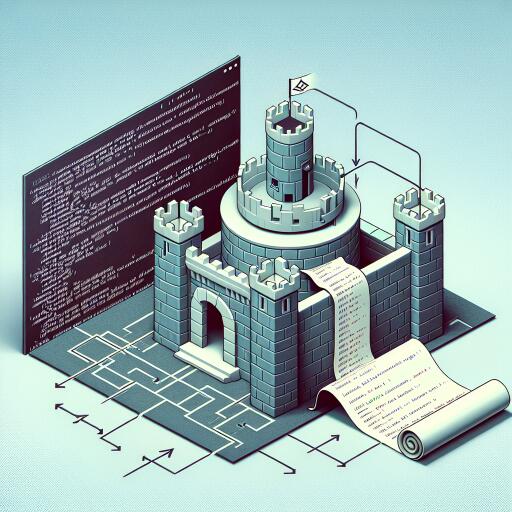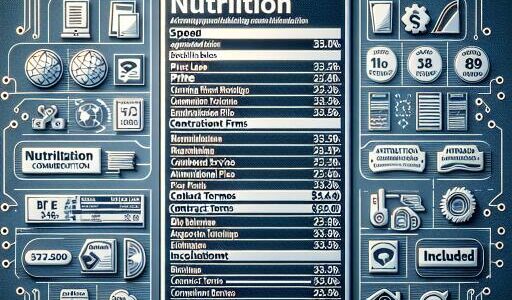Lunatik: Revolutionizing Kernel Scripting with Lua
In the vast and ever-evolving landscape of Linux kernel development, a groundbreaking framework makes waves by offering a novel approach to kernel scripting. This tool, known as Lunatik, is infusing the power of Lua into the heart of the Linux kernel, thereby providing an innovative platform for developers to script kernel functionalities using the Lua programming language.
Lunatik stands out as a multifaceted framework, designed with the primary aim of integrating Lua, a lightweight, efficient, and highly flexible scripting language, directly into the Linux kernel. At its core, Lunatik is a modified Lua interpreter that is calibrated to operate within the kernel’s unique environment. This adaptation allows developers to leverage Lua’s syntax and capabilities to interact with kernel internal mechanisms, a feat that was previously more cumbersome or restricted to languages like C.
The architecture of Lunatik encompasses several key components, each playing a vital role in bridging Lua with the kernel. Among these, a dynamically loaded device driver authored in Lua itself is particularly noteworthy. This driver acts as a conduit between the Lua scripts and the kernel, enabling scripts to be loaded, executed, and managed directly from within the kernel space.
Accompanying the device driver, Lunatik introduces a command-line tool designed for use in user space. This tool empowers users to load and execute scripts, as well as to manage runtime environments without delving into the kernel’s complexities. It serves as a user-friendly interface to the framework, simplifying script management and interaction with the kernel from the user’s perspective.
On the programming side, Lunatik offers a robust C API that facilitates the loading and execution of Lua scripts from within the kernel itself. This API is instrumental in managing runtime environments and establishing a seamless bridge between C-coded kernel components and Lua scripts. This integration not only enhances the flexibility and capabilities of kernel scripting but also opens up new horizons for kernel module development.
Moreover, Lunatik is enriched with Lua APIs specifically designed to bind kernel facilities to Lua scripts. These bindings allow scripts to directly interact with and manipulate kernel functionalities, offering unprecedented scripting power and efficiency. This aspect of Lunatik significantly amplifies its utility, enabling a wide range of applications from custom device drivers to intricate kernel modules—all scripted in Lua.
The implications of Lunatik for kernel development are immense. By injecting the simplicity and versatility of Lua into the kernel, Lunatik is set to revolutionize how developers approach kernel module and driver development. This breakthrough promises to simplify the scripting process, reduce development time, and open up kernel programming to a broader audience, potentially those more familiar with high-level scripting languages than traditional kernel development languages.
In conclusion, Lunatik is not just a framework; it’s a paradigm shift in kernel development. It encapsulates the vision of a more accessible, flexible, and efficient kernel scripting environment. By marrying Lua’s scripting prowess with the kernel’s powerful capabilities, Lunatik paves the way for innovative developments in the Linux kernel space. It is a thrilling prospect for developers eager to explore new territories in kernel programming and a testament to the possibilities that emerge when two disparate worlds—scripting languages and kernel space—collide in harmony.










